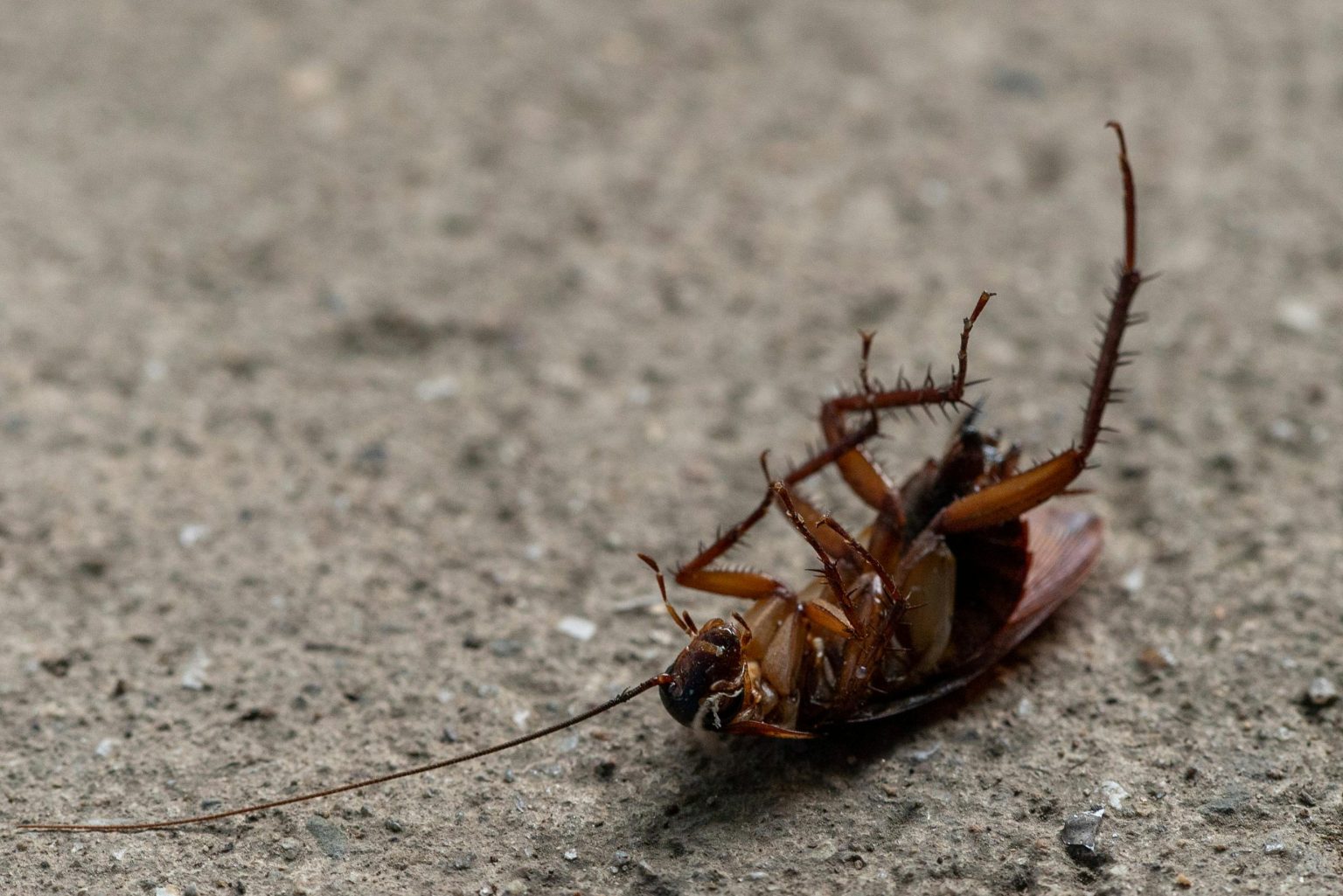Just when you think your home is clean and secure, you might be sharing it with unwanted guests. Pests like rodents, cockroaches, termites, or ants can slip in through the tiniest cracks—quietly at first, then suddenly obvious. Because early signs are often subtle, it’s easy to miss them. Let’s explore five telltale indicators that you might have a hidden pest issue—and why catching it early can save you stress, money, and house damage.
Strange Noises in the Walls or Attic
One of the most unsettling signs of a pest invasion is hearing noises that shouldn’t be there—especially at night. These can include scrabbling, scurrying, or light tapping sounds coming from inside your walls or attic.
Rodents like mice or rats often call a house their home, and their nighttime activity is a common giveaway. Even termites create a soft clicking sound as they chew through wood. Next time you hear something odd at night, pause and listen. If there’s a pattern—especially after dark—it’s time to investigate. Ignoring the sounds might allow an infestation to grow, making repairs more difficult and costly.
Droppings or Chew Marks
If you’ve spotted small pellets around baseboards, behind kitchen appliances, or in storage areas, don’t ignore them. Rodent droppings, around a quarter-inch long, are one of the clearest signs of house-invading mice or rats. Similarly, weird chew marks on wires, cardboard, or wood can mean rodents are active in that area.
Termites don’t leave droppings but do leave behind “frass”—tiny wood-colored pellets near wooden fixtures or floorboards. Even ants leave little bitty piles of sawdust or soil near entrances. Spots like these aren’t just gross—they also mark the starting points of potential damage. A quick cleanup won’t fix the problem, but noting these signs early gives you a head start on tackling the root issue.
Unexpected Piles of Shredded Paper or Fabric
If you see shredded fibers in drawers, closets, or corners, you might have a nest nearby. Pest species like mice use soft materials—cloth, paper, insulation—to build nests, often in hidden spots such as behind appliances or inside furniture.
It might not seem like much at first—a little fluff behind a couch or in a coat pocket—but over time, it can add up to a full-scale infestation. These nest-building signs can also expose risks: shredded electrical wires pose fire hazards, and shredded insulation lowers your home’s energy efficiency. Noticing shredded materials early can help you stop nesting pests before they settle in permanently.
Strange Smells or Scents
Odors are one of the sneakiest indicators of pests, because you can’t always see the source. Rodent urine has a strong, musky smell that lingers in walls and cabinets. Cockroaches leave a musty, oily scent in the evenings, especially in kitchens or bathrooms. Even dead rodents hidden in wall cavities can create foul odors that seep through outlets or ducts.
If you notice a new, unpleasant smell that doesn’t go away with cleaning, trace it to the area where it’s strongest. Identifying the source—whether in a crawl space or pantry—gives you a better chance to act fast.
Live or Dead Pests
Seeing pests is the most obvious sign of infestation—but it can be one of the last. When you’ve got so many pests that they’re visible, the situation likely isn’t small or easily solved.
A few roaches skittering under a warm appliance or a mouse scampering across the floor late at night points to an active problem. Finding dead insects in traps, corners, or in dried-up places also suggests a larger infestation at hand. Don’t ignore these sightings—even a single live or squashed pest might mean there are many more out of sight. Acting early is your best defense.
Conclusion: Catch It Before It’s Too Late
Hidden pests are more than just creepy—they can cause serious problems, from damaged wiring and furniture to health risks from droppings and allergens. That’s why noticing early signs like strange noises, droppings, shredded materials, odors, or sightings matters.
If any of these red flags appear, don’t wait. Schedule a check-up right away—preferably with a reputable pest service like Highland Pest Control that understands the local pest landscape. With the right help, you can protect your home and loved ones before a small nuisance becomes an expensive, deeply-rooted problem.
Your house should feel safe—not shared. Catching pest problems early means peace of mind—and that’s priceless.


